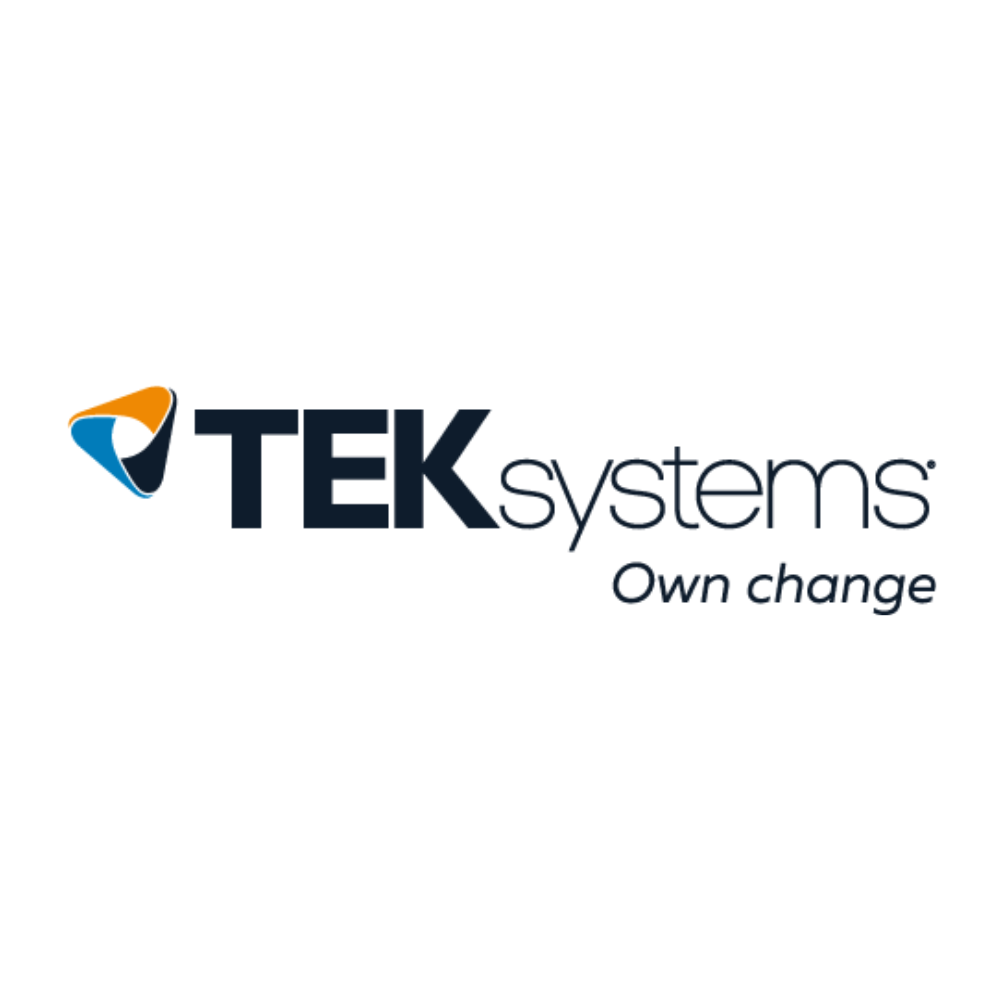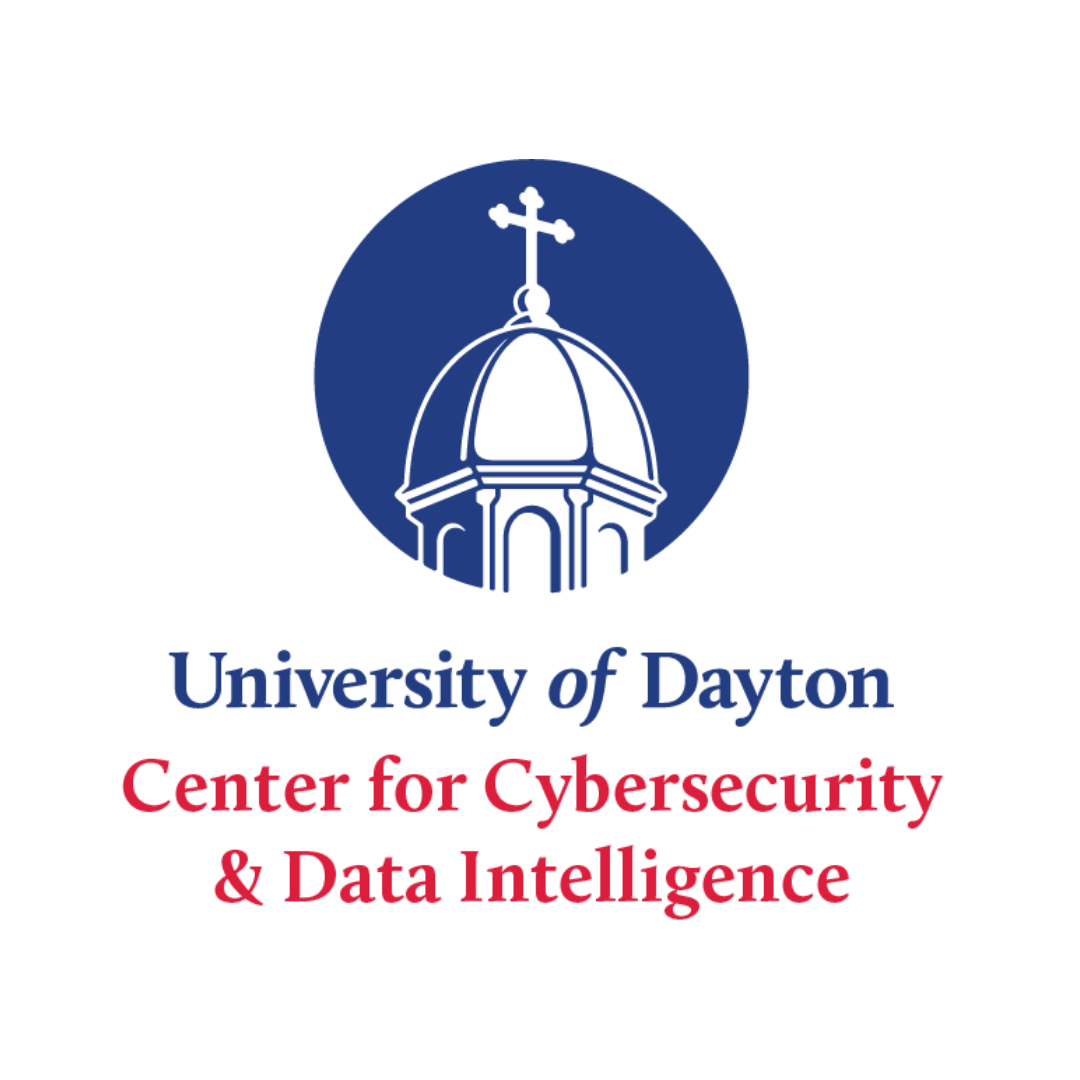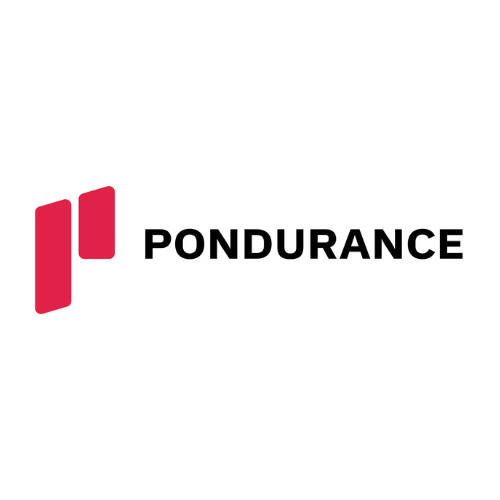
As a business owner, it’s easy to focus on growth, customer service, and day-to-day operations while discounting cybersecurity. However, in a world where 46% of cyberattacks target small and medium-sized businesses, maintaining a secure digital environment is not just important—it’s critical for survival.
This blog dives into the key cybersecurity practices for small and medium-sized businesses, to help you protect your organization from malicious threats and costly ransomware attacks.
Why Are SMBs a Target?
The answer lies in their limited cybersecurity infrastructure. While large corporations invest heavily in advanced security systems, smaller businesses tend to have fewer resources or budgets. However, just because your business is small doesn’t mean you have to an easy target.
Common Cyber Threats Facing SMBs
Understanding the types of cyber threats your business may face is the first step in building a strong defense. Preparing for security incidents is an important business practice. Here are the common attack methods cybercriminals use:
1. Phishing Attacks
Phishing remains one of the most popular methods used by cybercriminals use. These attacks typically involve fraudulent emails that use urgency, deceptive visuals and links, and impersonation to trick employees into clicking on malicious links or sharing sensitive information.
2. Ransomware
Ransomware attacks involve encrypting a company’s data and demanding a ransom to restore access. In many cases, businesses are left crippled for multiple days or weeks without access to their own information. Even after paying the ransom, there’s no guarantee the attackers will return the data.
3. Malware
Malware is malicious software that can infiltrate your systems to damage, disable, or exploit your data. This broad category includes adware, spyware, and viruses designed to cause harm or steal valuable information.
4. Weak Passwords and Credential Compromise
Weak, reused, or stolen passwords remain one of the biggest cybersecurity risks. A compromised credential allows an attacker to bypass security protocols and gain direct access to sensitive systems.
Small Business Cybersecurity Best Practices
Implementing robust cybersecurity measures doesn’t have to be overwhelming. Here are practical steps you can take to protect your business:
1. Use Multi-Factor Authentication (MFA)
Multi-factor authentication (MFA) requires users to provide two or more verification methods—such as a password and a security code—before gaining access to the system.
2. Regularly Update Software
Outdated software is a major vulnerability. Whether it's operating systems, web browsers, or specialized business software, keeping everything up-to-date is essential. Many updates contain patches for security flaws that have been identified.
3. Create Strong Password Policies
Ensure your employees are using strong, unique longer passwords for each of their accounts. Implement a password policy that requires complex combinations of letters, numbers, and symbols, and encourage regular password changes.
4. Educate Employees on Cybersecurity
Your employees are your first line of defense and greatest vulnerability. Provide regular training helps them identify current phishing scams, social engineering, and recognizing and reporting potential security breaches.
5. Conduct Regular Risk Assessments
A risk assessment helps identify areas of vulnerability. This involves a third party evaluating your current cybersecurity practices, identifying potential threats, and implementing strategies to address them. Regular assessments help you stay ahead of evolving threats and ensure that your defenses remain effective.
6. Backup Your Data
Data backups are critical to recovering from a cyberattack. Ensure that your business performs regular backups of all important data to an encrypted, offline location. This way, if you do experience a breach—such as a ransomware attack—you can restore your systems faster without losing significant data.
7. Install Firewalls and Anti-Malware Software
Investing in firewalls and anti-malware software is a non-negotiable aspect of cybersecurity. A firewall monitors incoming and outgoing traffic and blocks suspicious activity, while anti-malware software detects and removes malicious software before it can do damage.
8. Install Endpoint Protection
Every endpoint (laptop, mobile phone, tablet, etc.) that connects to the corporate network is a vulnerability, providing a potential entry point for cyber criminals. It is imperative for businesses to deploy endpoint solutions that can analyze, detect, then block and contain cyberattacks on remote systems.
9. Develop an Incident Response Plan
An incident response plan outlines the steps to take in the event of a security breach. This plan includes who to contact, how to contain the breach, what to communicate, and the order of systems to be restored based on their importance for conducting business. Regularly practicing incident response through simulations helps your team respond effectively when a real threat arises.
Additional Cybersecurity Considerations for SMBs
While the best practices outlined above are foundational, you can further strengthen your business’s security posture by considering these additional measures:
1. Mobile Device Management
As more employees work remotely or bring their own devices to work (BYOD), managing mobile security becomes critical. Implement mobile device management (MDM) software that enables your business to monitor, secure, and manage all employee devices that have access to company data. This allows you to enforce security policies and wipe devices remotely if they’re lost or stolen.
2. Secure Your Wi-Fi Networks
Unsecured Wi-Fi networks are an open invitation for hackers. Ensure your business’s Wi-Fi networks are encrypted, and consider segmenting networks for employees, guests, and business systems. This prevents unauthorized access and reduces the risk of data interception.
3. Perform Penetration Testing
Penetration testing involves simulating cyberattacks on your system to identify weaknesses before actual attackers can exploit them. Hire a cybersecurity professional to conduct these tests to provide recommendations on how to address vulnerabilities.
Free Small Business Resources
There are a number of free resources available from the federal government and the State of Ohio to reduce your risk to potential cybersecurity threats including:
Final Thoughts
By following these cybersecurity best practices, your company can create a strong digital defense and focus on what really matters—growth and success. Remember, being cyber aware means being cyber prepared.
Author Bio: As the CEO and Founder of Secure Cyber Defense, Shawn leads a dedicated team committed to safeguarding organizations across the entire spectrum of cybersecurity needs. From perimeter defense to secure network design, and vulnerability discovery to intrusion detection systems, Secure Cyber Defense offers comprehensive solutions tailored to meet the evolving challenges of today’s digital landscape. With over two decades of experience in cybersecurity and information systems, Shawn brings a wealth of expertise to the table. He specializes in leading security teams to bridge the gap between technology and business objectives, empowering informed decision-making that protects assets from both internal and external threats.














.png)




